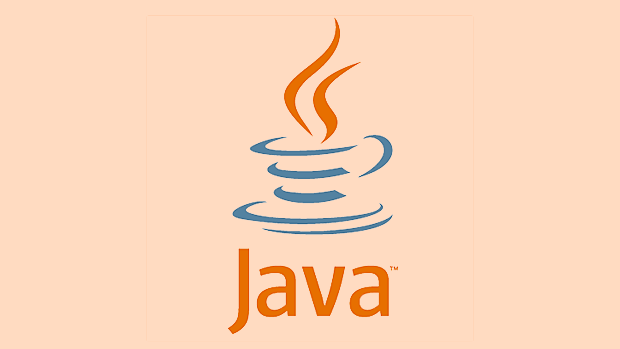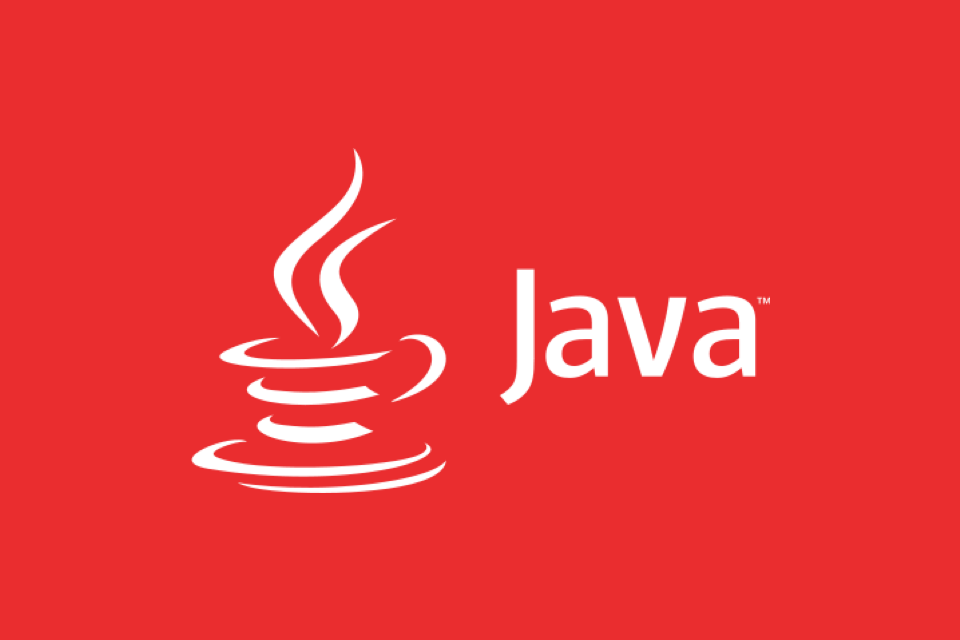Java's Optional should be used correctly to avoid increasing code complexity. 1. Do not wrap null with Optional.ofNullable() should be used to deal with values ??that may be null; 2. Avoid using Optional in entity classes or collections, because it increases memory overhead and serialization is prone to problems; 3. Use orElse and orElseGet correctly, and use orElseGet first when the default value is high at a high cost; 4. Try to avoid calling get() directly, and it is recommended to use it in combination with ifPresent() or map()/filter() to improve security. Optional is designed to explicitly express “may not exist” situations and to facilitate handling of such logic. Proper use can improve code readability and robustness, while misuse increases maintenance costs.

Java Optional is a container class introduced to reduce null pointer exceptions, but if used improperly, it will make the code complicated or even misleading logic. It is not a universal solution, but it can indeed improve the readability and robustness of the code if used properly.

1. Do not wrap null with Optional
Many people mistakenly think that Optional.of(null) is a good practice, but in fact this is wrong. The correct way to do this is to use Optional.ofNullable() to handle values ??that may be null:
Optional<String> optional = Optional.ofNullable(someString);
If you are sure that a value is not empty, use of() directly; if you are not sure, use of ofNullable() only. Don't abuse Optional to wrap an object that is originally null. This is not only meaningless, but also easily hides problems.

2. Avoid using Optional in entity classes or collections
Some people like to declare Optional in entity class fields, like this:
public class User {
private Optional<String> name;
}This way of writing seems "elegant", but it actually brings several problems:

- Increase memory overhead (each Optional instance takes up extra space)
- Problems may arise when serializing/deserializing (different frameworks handle inconsistently)
- When using getter, you still need to determine whether it is present. It is better to directly judge null.
Similarly, it is not recommended to put Optional in a collection, such as List<Optional<String>> , such structures are difficult to operate and prone to errors.
3. Use orElse and orElseGet correctly
These two methods look similar, but may differ in performance. See example:
// Always create a default object regardless of whether there is a value optional.orElse(createDefault()); // Only when needed will optional.orElseGet(() -> createDefault());
So when the default value you provide is expensive to create, you should prioritize orElseGet . Otherwise you can choose one at will.
In addition, if you just want to throw exceptions instead of providing default values, you can use orElseThrow() directly, which is concise and clear.
4. Try to avoid get() unless you have judged isPresent()
Many NullPointerExceptions are actually called get() and do not determine whether the value exists. Therefore, the recommended method is to use it in combination with ifPresent() or map() and filter() :
optional.map(String::toUpperCase).ifPresent(System.out::println);
This will make the logic smoother and avoid omissions caused by manual judgment.
Of course, sometimes you are indeed sure that the value exists, so you can also use get() with confidence, but make sure that there is a logical guarantee before.
Basically that's it. Optional is not something that must be used, nor can it be installed anywhere. The key is to understand its original design intention: to allow developers to express the situation that "may not exist" more clearly and to prompt us to deal with it . If used correctly, the code will be clearer; if used wrong, it will increase maintenance costs.
The above is the detailed content of Best practices for using Java Optional. For more information, please follow other related articles on the PHP Chinese website!

Hot AI Tools

Undress AI Tool
Undress images for free

Undresser.AI Undress
AI-powered app for creating realistic nude photos

AI Clothes Remover
Online AI tool for removing clothes from photos.

Clothoff.io
AI clothes remover

Video Face Swap
Swap faces in any video effortlessly with our completely free AI face swap tool!

Hot Article

Hot Tools

Notepad++7.3.1
Easy-to-use and free code editor

SublimeText3 Chinese version
Chinese version, very easy to use

Zend Studio 13.0.1
Powerful PHP integrated development environment

Dreamweaver CS6
Visual web development tools

SublimeText3 Mac version
God-level code editing software (SublimeText3)

Hot Topics
 Best practices for converting strings to floating point numbers in PHP
Mar 28, 2024 am 08:18 AM
Best practices for converting strings to floating point numbers in PHP
Mar 28, 2024 am 08:18 AM
Converting strings to floating point numbers in PHP is a common requirement during the development process. For example, the amount field read from the database is of string type and needs to be converted into floating point numbers for numerical calculations. In this article, we will introduce the best practices for converting strings to floating point numbers in PHP and give specific code examples. First of all, we need to make it clear that there are two main ways to convert strings to floating point numbers in PHP: using (float) type conversion or using (floatval) function. Below we will introduce these two
 Explore best practices for indentation in Go
Mar 21, 2024 pm 06:48 PM
Explore best practices for indentation in Go
Mar 21, 2024 pm 06:48 PM
In Go language, good indentation is the key to code readability. When writing code, a unified indentation style can make the code clearer and easier to understand. This article will explore the best practices for indentation in the Go language and provide specific code examples. Use spaces instead of tabs In Go, it is recommended to use spaces instead of tabs for indentation. This can avoid typesetting problems caused by inconsistent tab widths in different editors. The number of spaces for indentation. Go language officially recommends using 4 spaces as the number of spaces for indentation. This allows the code to be
 In-depth comparison: best practices between Java frameworks and other language frameworks
Jun 04, 2024 pm 07:51 PM
In-depth comparison: best practices between Java frameworks and other language frameworks
Jun 04, 2024 pm 07:51 PM
Java frameworks are suitable for projects where cross-platform, stability and scalability are crucial. For Java projects, Spring Framework is used for dependency injection and aspect-oriented programming, and best practices include using SpringBean and SpringBeanFactory. Hibernate is used for object-relational mapping, and best practice is to use HQL for complex queries. JakartaEE is used for enterprise application development, and the best practice is to use EJB for distributed business logic.
 PHP Best Practices: Alternatives to Avoiding Goto Statements Explored
Mar 28, 2024 pm 04:57 PM
PHP Best Practices: Alternatives to Avoiding Goto Statements Explored
Mar 28, 2024 pm 04:57 PM
PHP Best Practices: Alternatives to Avoiding Goto Statements Explored In PHP programming, a goto statement is a control structure that allows a direct jump to another location in a program. Although the goto statement can simplify code structure and flow control, its use is widely considered to be a bad practice because it can easily lead to code confusion, reduced readability, and debugging difficulties. In actual development, in order to avoid using goto statements, we need to find alternative methods to achieve the same function. This article will explore some alternatives,
 What are the best practices for string concatenation in Golang?
Mar 14, 2024 am 08:39 AM
What are the best practices for string concatenation in Golang?
Mar 14, 2024 am 08:39 AM
What are the best practices for string concatenation in Golang? In Golang, string concatenation is a common operation, but efficiency and performance must be taken into consideration. When dealing with a large number of string concatenations, choosing the appropriate method can significantly improve the performance of the program. The following will introduce several best practices for string concatenation in Golang, with specific code examples. Using the Join function of the strings package In Golang, using the Join function of the strings package is an efficient string splicing method.
 What are the best practices for the golang framework?
Jun 01, 2024 am 10:30 AM
What are the best practices for the golang framework?
Jun 01, 2024 am 10:30 AM
When using Go frameworks, best practices include: Choose a lightweight framework such as Gin or Echo. Follow RESTful principles and use standard HTTP verbs and formats. Leverage middleware to simplify tasks such as authentication and logging. Handle errors correctly, using error types and meaningful messages. Write unit and integration tests to ensure the application is functioning properly.
 The role and best practices of .env files in Laravel development
Mar 10, 2024 pm 03:03 PM
The role and best practices of .env files in Laravel development
Mar 10, 2024 pm 03:03 PM
The role and best practices of .env files in Laravel development In Laravel application development, .env files are considered to be one of the most important files. It carries some key configuration information, such as database connection information, application environment, application keys, etc. In this article, we’ll take a deep dive into the role of .env files and best practices, along with concrete code examples. 1. The role of the .env file First, we need to understand the role of the .env file. In a Laravel should
 Git or version control? Key Differences in PHP Project Management
Mar 10, 2024 pm 01:04 PM
Git or version control? Key Differences in PHP Project Management
Mar 10, 2024 pm 01:04 PM
Version Control: Basic version control is a software development practice that allows teams to track changes in the code base. It provides a central repository containing all historical versions of project files. This enables developers to easily rollback bugs, view differences between versions, and coordinate concurrent changes to the code base. Git: Distributed Version Control System Git is a distributed version control system (DVCS), which means that each developer's computer has a complete copy of the entire code base. This eliminates dependence on a central server and increases team flexibility and collaboration. Git allows developers to create and manage branches, track the history of a code base, and share changes with other developers. Git vs Version Control: Key Differences Distributed vs Set






